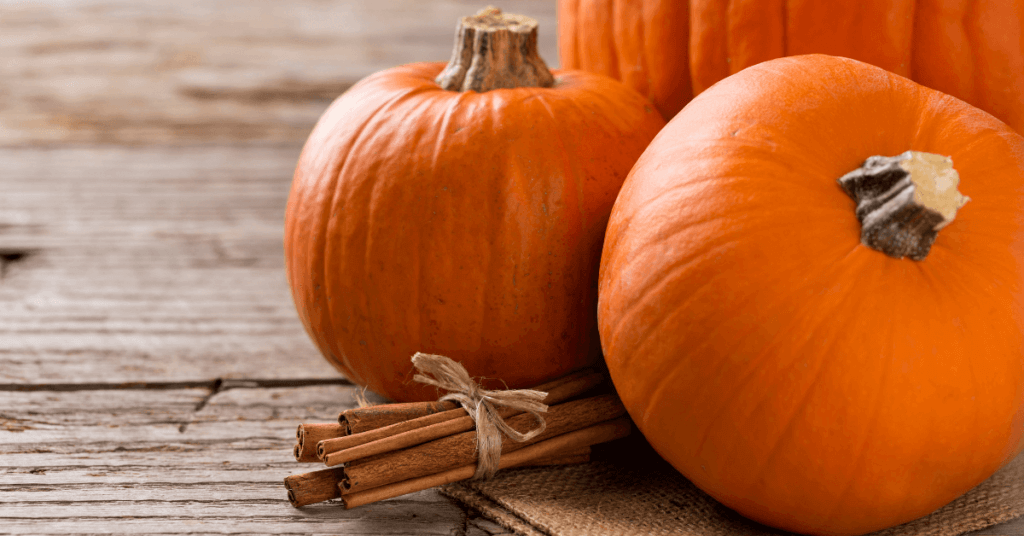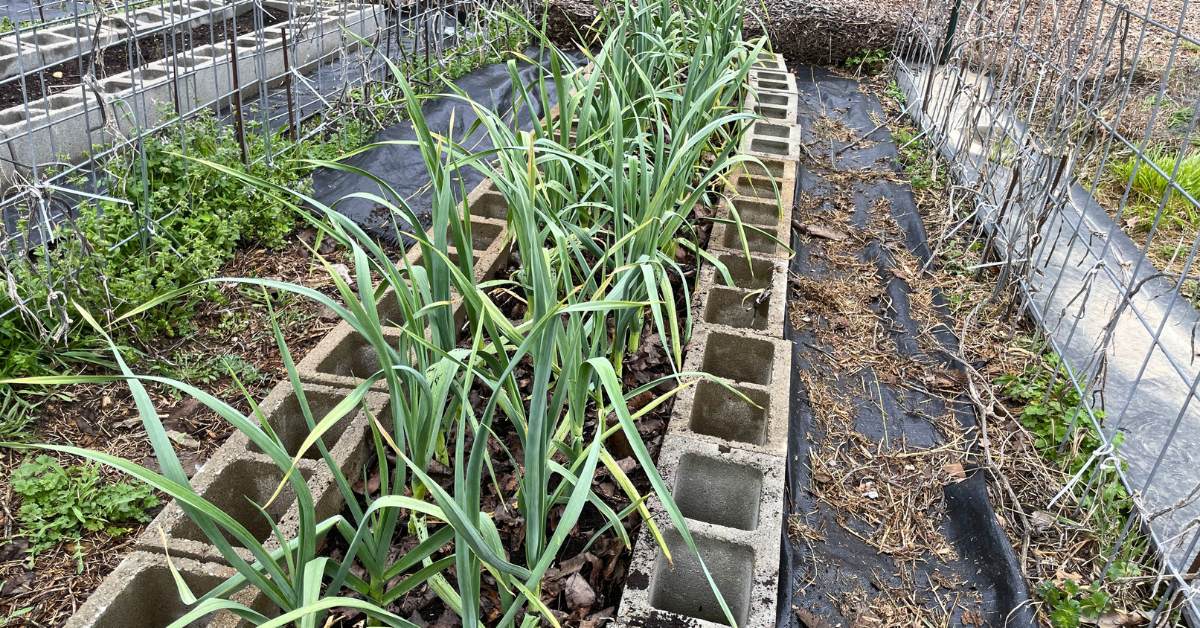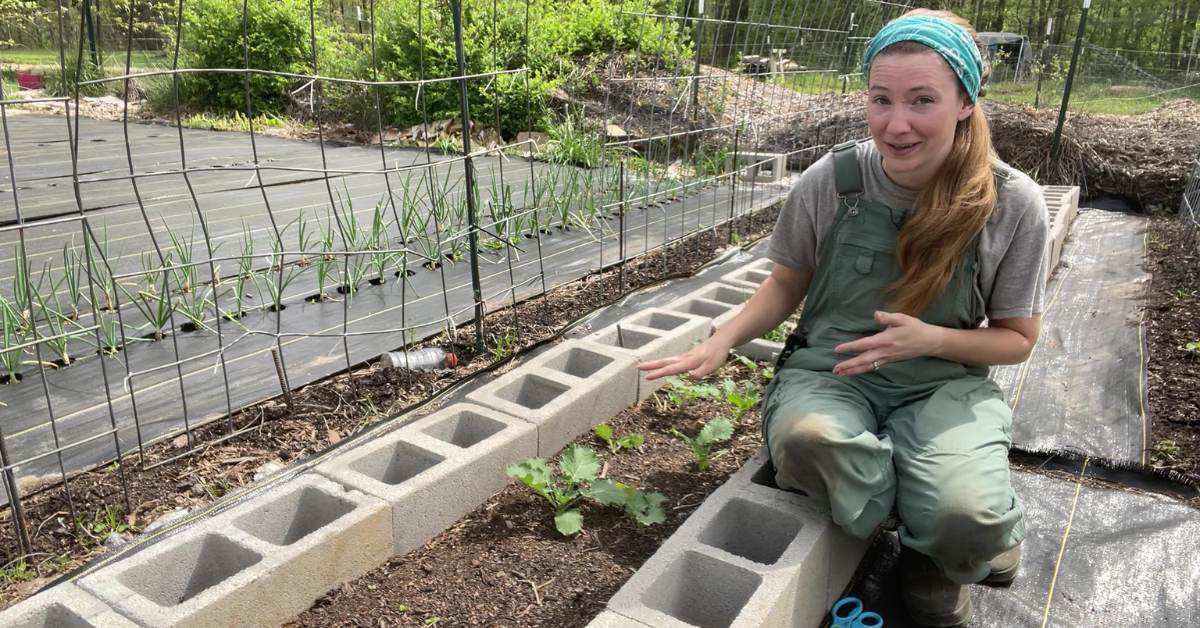Apparently, this is the Year of the Pumpkin in our house. Thanks to a sugar-free pumpkin pie recipe we stumbled across and perfected, both my Weight Watchers husband and Keto Diet son are loving life!
Therefore, when pumpkins went down to rock bottom prices during end-of-season clearance sales, we snapped them up.
Now it’s time to preserve all those uncarved pumpkins for that pumpkin pie happiness all winter long.
Just Want to Keep Your Uncarved Pumpkin from Rotting?
We’re not planning to decorate with our excess pumpkins, since they were purchased solely for (over)eating.
But you, on the other hand, may be hoping to keep your uncarved gourds fresh enough to preserve only after they’ve completed their Thanksgiving tablescape duties.
Whether you want to use your pumpkin for extended decor or need to keep it fresh until you can get around to preserving it, there are several ways you can make your pumpkin last longer.
- When you’re trying to keep your uncarved pumpkin from getting moldy and mushy before it’s served its purpose, the most important step is to begin with healthy pumpkins. Inspect them for blemishes, soft spots, and damage prior to purchase. Just like any other produce, rot can begin before you even take them home.
- Next, control the environment around your pumpkins. Keep them in the coolest, darkest place you can when not on display. If your pumpkins are starring in an outside scene, try to place them under a roof where it’s protected from the elements. If possible, bring pumpkins inside during severe weather – both extreme heat and extreme cold.
Now for ornamental pumpkins.
You have a few different options to prolong the life of a pumpkin if you want to preserve pumpkins for decoration only and aren’t worried about keeping them safe to eat.
There are several low-effort-but-non-food-safe ways to keep uncarved pumpkins fresh. They all involve covering the outside in a protectant to repel bugs and preserve the moisture in the skin.
Choose between WD40, floor protectant, or petroleum jelly, or go ahead and spray it with the same finish you’d use to protect a painted or stained surface.
Before sealing it up, though, it also helps to give your decorative pumpkin a bath. Soak it in bleach diluted with 90% water or a mixture of peppermint castile soap and water.
Again, this is for decorative pumpkins ONLY.
How Vinegar Prevents Pumpkins from Rotting (Use This Method if You Plan to Eat Them)
What if you want to reward your decorative pumpkin for a job well done … by eating it? Then toxic chemicals to keep it fresh won’t do!
A great way to preserve pumpkins naturally without bleach, WD-40, or Vaseline is to soak them in a 1:3 vinegar to water solution.
While bleach is more effective for this initial soak, vinegar goes a long way in safely sanitizing your uncarved pumpkin and keeping it fresh enough to eat.
An alternative way to preserve uncut pumpkins is to leave them covered in their own field dirt until you’re ready to dehydrate, freeze, or pressure can them.
You’ll still want to scrub their outsides well before cutting into them but keeping them enrobed in their natural dirt shields actually extends their shelf-life.
If you’re not into a rustic display of crud-covered pumpkins and have washed your pumpkins pre-display, keep them moisturized. Mist them with water daily and soak them in an ice bath if they start to look dry.
You can also moisturize the rinds with some vegetable oil if you’re having trouble keeping them hydrated, although that can get messy.
Why You Don’t Want to Use Carved Pumpkins for Preserving Long-Term
Unfortunately, no matter what method you use, cutting into your pumpkin (`ala jack-o’-lantern) tolls the death knell for your orange friend.
If you’re just trying to keep your jack-o’-lantern’s face youthful and fresh for a few days or weeks, you can bleach it or soak it in vinegar and then protect it with something to keep the cut areas sealed.
However, once you apply the protectant, you can’t eat it.
If you try to keep it looking fresh without sealing or bleaching it, it will get unappetizing and probably unsafe to eat relatively quickly.
It’s just like peeling and slicing any other fruit and then leaving it out on the counter all night. Pumpkin is a fruit, after all, and once it’s cut the clock begins ticking.
4 Ways to Preserve Uncarved Pumpkins for Consumption
If you’ve managed to keep your pumpkins fresh enough to eat post-holiday via non-toxic methods, why waste the effort? Especially if you have a type of pumpkin that’s good for eatin’!
Learn how to preserve pumpkins for eating so you can use this mega healthy produce for something other than enriching your compost bin.
Here are a few ideas for getting your pumpkins ready for long-term preservation and storage.
1. Dehydrate to Make Pumpkin Powder
Pumpkin powder? Until my dining room was overrun by free pumpkins, I’d never even heard of pumpkin powder. Turns out, it’s a perfect way to save all that pumpkin that might otherwise go to waste.
Basically, once you’ve pureed the pumpkin flesh (being sure to wash the outside first, then remove seeds and the stringy stuff), you just dry it out until it’s crackly and easy to powder.
Prices pulled from the Amazon Product Advertising API on:
Product prices and availability are accurate as of the date/time indicated and are subject to change. Any price and availability information displayed on [relevant Amazon Site(s), as applicable] at the time of purchase will apply to the purchase of this product.
Spread the pumpkin puree onto sheets in your dehydrator and let it go until it’s totally dry.
video tutorial for drying pumpkin and making pumpkin powder
This is beyond the fruit leather stage we’ll talk about in a minute. It should be very brittle and crush effortlessly in a coffee grinder, blender, or food processor.
As a matter of fact, pumpkin powder is a great “save” if you accidentally let your pumpkin fruit leather dehydrate too long.
Pumpkin powder, properly dried and conditioned, lasts a very long time. It’s easy to rehydrate into puree, or you can use it in powder form in smoothies, coffee, soup, and breads.
2. Pressure Can Pumpkin Chunks
Does pumpkin powder sound unappealing (or just weird)? Then how about canning your leftover pumpkins?
Just be sure to use the pressure canning method when you go this route. Like any other low-acid produce, a water bath will not render your canned pumpkin safe enough to store at room temperature.
Prices pulled from the Amazon Product Advertising API on:
Product prices and availability are accurate as of the date/time indicated and are subject to change. Any price and availability information displayed on [relevant Amazon Site(s), as applicable] at the time of purchase will apply to the purchase of this product.
A word of caution: DO NOT can pumpkin puree. The USDA is explicit in their recommendation to can only chunks—never mashed or pureed pumpkin.
That said, it’s painless enough to puree the chunks once you’ve opened the jar. Pressure canning pumpkin chunks is a fine, old-fashioned way to store pumpkin for later use.
3. Freeze Pumpkin Puree
Of course, the most effortless way to preserve pumpkin is to just stick it in the freezer. If you have the freezer space, freezing pumpkin puree is simple.
Just fill freezer bags, press them flat while freezing, then “file” the bags to save room. The flat bags allow for quick thawing when you need it.
If you want to freeze small amounts to add to recipes or to beverages or smoothies, freeze the puree in muffin tins or ice cube trays, then pop the frozen cubes/hockey pucks into the bags.
4. Make Pumpkin Fruit Leather
And finally, pumpkin roll-ups add nutrients and fall flavor to your lunch boxes for months to come—all the way until next fall, assuming you make plenty and store them properly.
Prices pulled from the Amazon Product Advertising API on:
Product prices and availability are accurate as of the date/time indicated and are subject to change. Any price and availability information displayed on [relevant Amazon Site(s), as applicable] at the time of purchase will apply to the purchase of this product.
Sweeten and flavor your pumpkin leather any way you wish, and you’ll have portable dessert snacks anytime you crave them.
FAQS
Still have questions about preserving pumpkins? Here are a few answers….
How long will an uncarved pumpkin last?
Assuming you picked good ones and protected them from elemental extremes (heat, cold, rain, bugs), you can expect to keep your pumpkins around long enough to grace your table all the way through Thanksgiving and beyond.
Does hairspray preserve pumpkins?
Hairspray is recommended by many to preserve pumpkins. The primary reason is that it’s fantastic at repelling bugs. Hairspray is not edible, obviously, so don’t use this for pumpkins you plan to eat later.
It can also help seal cut areas of your jack-o’-lantern to keep them from caving in for a bit longer (although lighting a candle around hairspray is a no-no—use a battery-operated light instead).
Does soaking pumpkins in dish soap preserve them?
Dish soap mixed with peppermint oil (or peppermint castile soap) will help keep mold, rot, and bugs away. That said, it’s not a good idea to eat pumpkins that have been washed and/or soaked in soap.
Even if you’re not watching carbs or points, pumpkins are awesome candidates for preservation because they’re packed with nutrients!
And, since most people use them for seasonal décor only, stores sell them super cheap in November and practically give them away once the Christmas lights come out.
If you take the time to keep them fresh enough to eat, you can preserve uncarved pumpkins and enjoy pumpkin pie, pumpkin fruit leather, pumpkin muffins, pumpkin skillet bread, and more … all year long!













Your video explains everything in depth and is a big help to a visual learner like me. 🙂 Thank you!
You are most welcome, Kimberly. Thanks for your kind words. So glad you found our video helpful. Blessings on your preservation efforts!